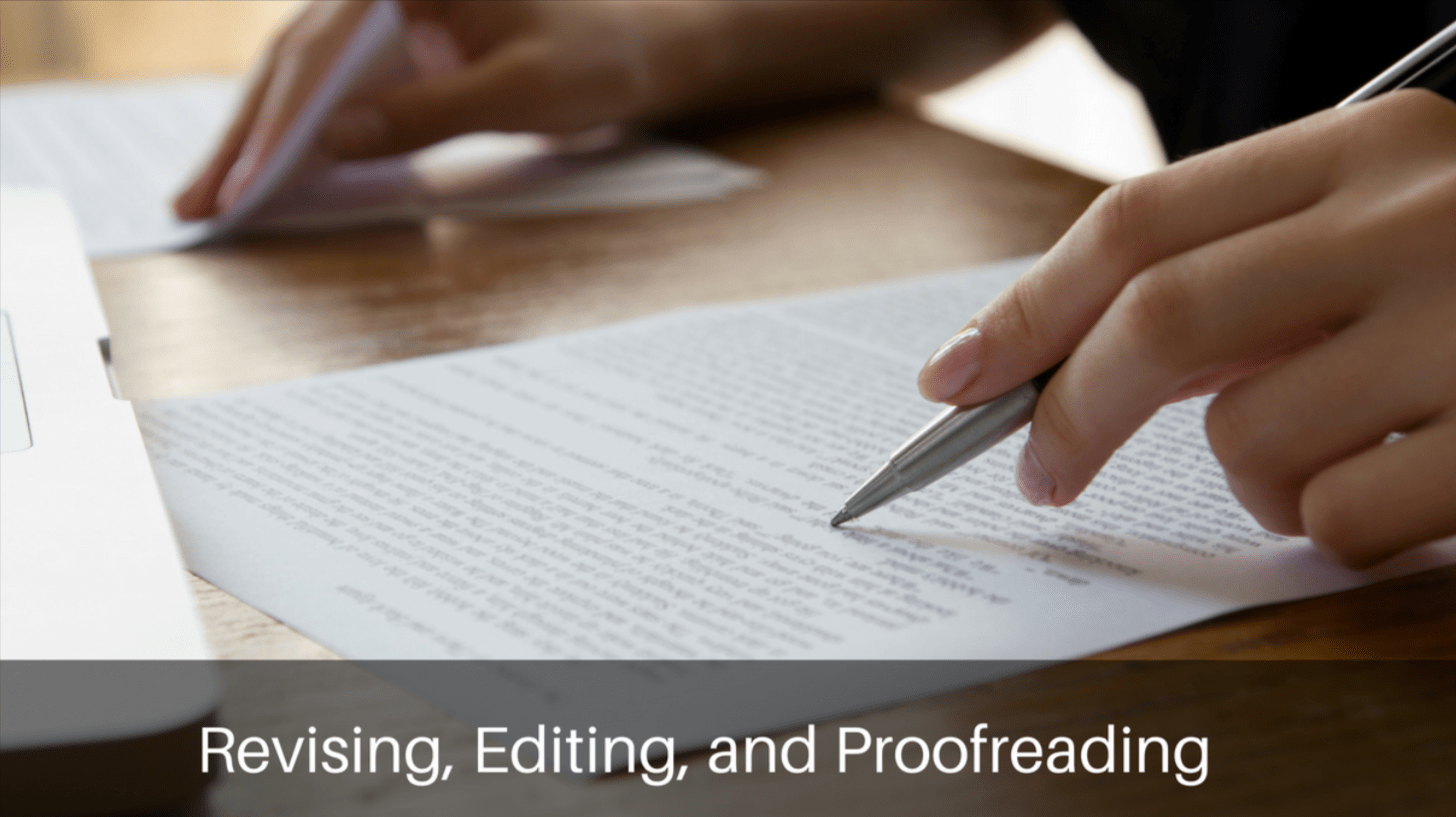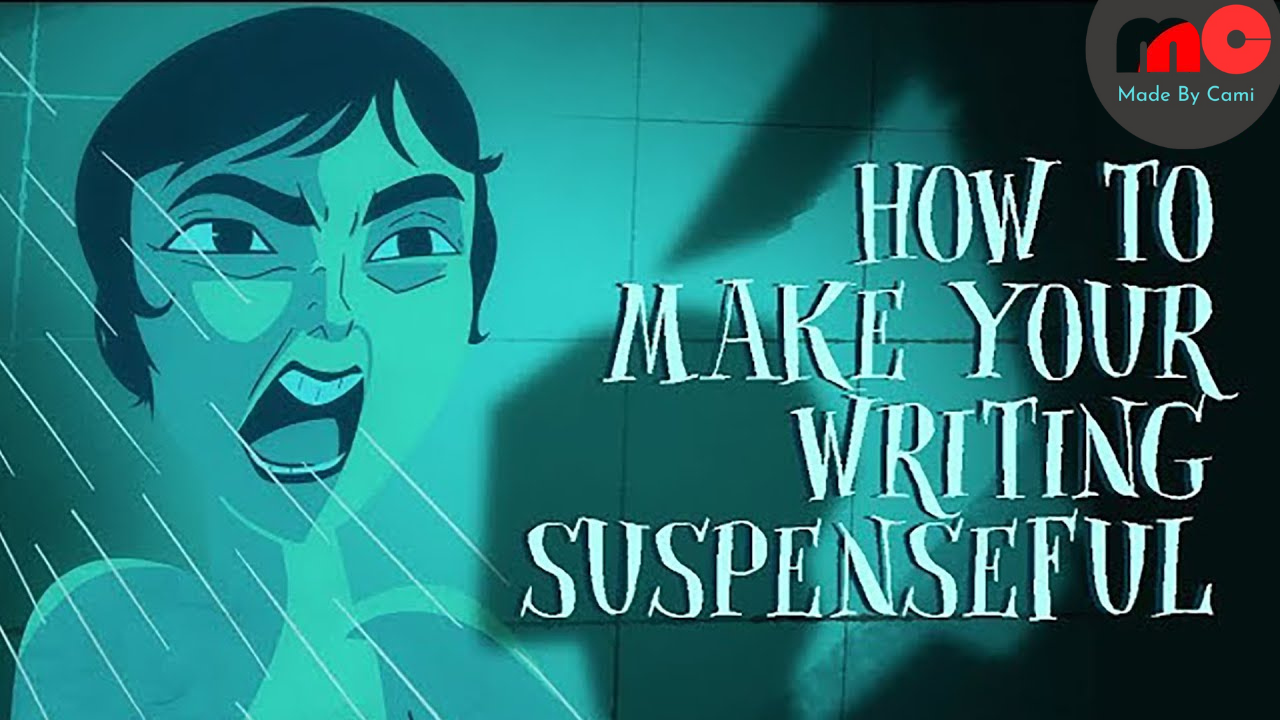The Role of Editing and Proofreading in Writing

One of the most powerful processes for communication is writing. Be it an academic essay, a blog, a business report, or even a personal letter, the manner in which thoughts and ideas are put forward in written form influences the receiving end. Even the best writers make mistakes and those are the mistakes which editing and proofreading set out to fix.
Editing and proofreading are two fundamental processes of the writing process which makes sure that a particular work is organized, devoid of errors, and very much on target. Unlike common perception, they are not the same and have set functions in improving the written work. We will learn the role of editing and proofreading in vonstruction for writing and editing, the variance and the role in enhancing the quality of work.
Elements of Editing
Precision and Comprehensibility: Among the various facets of editing, clarity is paramount. Editors often streamline poor or convoluted sentences to ensure that ideas are coherent. Editing aims to enhance structural modification of the text and in many cases involves rephrasing complex sentences or reducing the size of lengthy paragraphs for easier understanding.
Writing Style and Tone: In every writing work, there is a tone set and one for the whole piece has to be fixed by the editor for the body to have relevance in relation to audience and purpose. An instance of contrast would include a formal report against a casual personal account in a blog post. The editor also checks that there is adherence to the set style of writing which has a glimpse of the use of some words, sentences, and elocution.
Flow and Coherence: Each point of a particular argument must relate to each other. This is an example of a ‘disjointed’ segment of writing. The main task of the editor, in this case, is to add logic and linkage to it in order to make it sound coherent. This may require the insertion of linking words, or restructuring sentences and ideas entirely.
Why Editing Matters:
Improves Quality: Good writing has the quality that it has been crafted with utmost precision. Editors, for instance, seek to improve organization, content, and clarity. Most brilliant ideas can get lost among the clutter of dense writing without editing. Isn’t that sad?
Boosts Credibility: Published pieces of writing are a testament to one’s professionalism. Presented documents, whether they are academic or business reports, require a certain degree of polishing in order to rationalize the effort you so clearly want the readers to applaud. This in turn helps nurture your credibility.
Increases Engagement: Readers are more likely to pay attention to content that is simple to read and easy to understand. Neat writing is simple, easy to read, and requires little or no background knowledge for understanding. Editing can increase the chances that your audience will continue reading or responding to your ideas.
What Is Proofreading?
Proofreading checks for errors regarding grammar, spelling, and punctuation, even typos. Proofreading thus guarantees the mechanical correctness of writing, while editing goes beyond that and considers structure and clarity in your work. It is always done after editing because it addresses the superficial aspects of the work.
Key Aspects of Proofreading
Grammatical errors come under the umbrellas of proofreading and require a perusal of subject-verb agreements, verb tense consistency, sentence formation, and many more. Proofreading also checks whether the rules of the language’s grammar are followed while constructing sentences.
As with any form of writing, proofreaders will always flag spelling errors as typographical blunders. They will also ensure that punctuation is accurate and placed properly as commas, periods, quotation marks, and apostrophes are quite often misused.
Such proofreading checks for internal consistency in the document, including inconsistent spelling, the use of capital letters, and overall formatting throughout the writing. For instance, a document might work with and without capitalization, switch between citation styles, or, quite commonly, use different spellings for the color, “color” versus “colour.” Proofreading aims to catch and correct all moldable aspects to minimize intonation discrepancies.
A Proofreader's Style Check: Proofreaders will often apply what is referred to as a surface level check. This check includes the overall formatting of the document such as alignment, spacing, fonts, or even the headings and subheadings. This way, the document is professionally organized.
Why Consider Proofreading?
Elimination of Errors: Proofreading functions as your protective tool against the most destructive errors found in writing. It functions by meticulously examining a piece of work to catch errors within it. This means that proofreading ensures that the writing is devoid of anything that would have lowered the quality of the message presented.
Demonstration of Professionalism: When a piece of writing is filled with a plethora of missed words, typos, and grammatical mistakes, it is a rather astonishing sight because the writer seems to lack any dose of professionalism and careless.
Communication: To put forth a specific meaning, language needs to be put in a particular order. Proofreading makes sure that the reader understands the writing as it is intended. With the absence of necessary punctuations and even a typo, a reader can get lost in what the piece actually stands for.
The Link Between Editing and Proof Reading
Editing and proofreading are two completely different topics, but they are equally relevant to the continuum of writing. While to better an already good work, editing generally means changing content or structure, proofreading is concerned with the nitty-gritty of writing: grammar, spelling, and punctuation.
An awful lot of editing goes into rewording sentences or reordering paragraphs to justify the text; for the proofreader, it is mainly a case of deleting and adding content to boost the appeal and comprehensibility of any written work.
Strategies to Achieve Better Results from Editing and Proof Reading
Adopting certain measures aimed at achieving a preferred result can greatly improve the editing and proofreading activities.
1. Get Offline: Take the first step toward editing by distancing yourself from the text. Your mind will be set in a certain way and as a result, will not be as useful. Give your brain time to recuperate and return to it afterwards.
2. Read Aloud: Auditory processing, in this case listening rather than reading, helps with noticing things that might be missing, in this case, it is errors. It is helpful for awkward wordings and grammatical constructs.
3. Use Tools: Tools aren’t intended to assist with making sharper edits; however, there are multiple dozen computer programs that will aid in editing everything from textual grammar to measured readability. These programs can eliminate simple errors, but shouldn't be the only source as humans must be involved for finer checking.
4. Read Backwards: A handful of editors have a system where the read the piece backwards, starting from the last sentence. Reason being, focusing on one sentence at a time allows for easier identification of misplaced punctuation or misspelled words.
5. Seek Feedback: Critically reviewing your own work sometimes isn’t enough. A third pair of eyes has a higher chance of spotting more errors.


